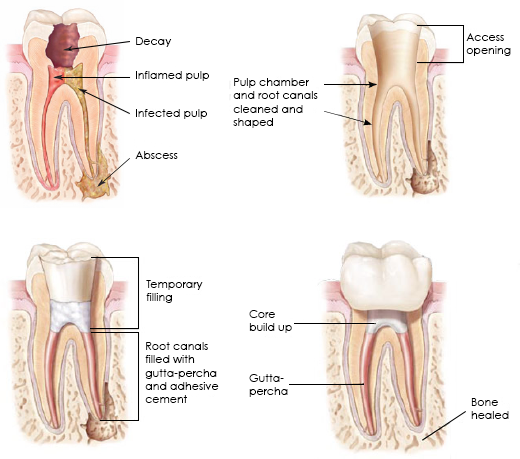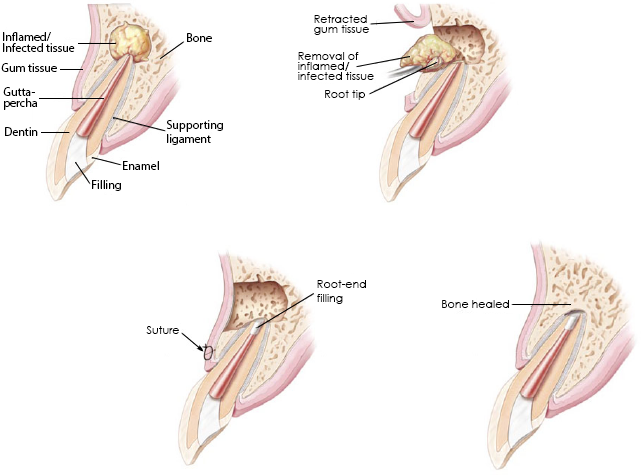 The period of adjustment when you begin wearing new dentures can take time. Your dentures may not feel like they fit well at first. They may feel too large, cause slight gagging, or create excess saliva. Talk to your dental professional if you are having difficulty speaking clearly or eating.
The period of adjustment when you begin wearing new dentures can take time. Your dentures may not feel like they fit well at first. They may feel too large, cause slight gagging, or create excess saliva. Talk to your dental professional if you are having difficulty speaking clearly or eating.
Your First Month
As your mouth heals, these symptoms will fade and your dentures will feel more comfortable.
Here’s what you can expect in the first 30 days:
- Day 1: The hardest day. Start out eating soft foods that are gentle on your gums and teeth
- Days 2-14: You may experience excess saliva, sore spots, and increased discomfort during this healing time
- Day 15+: Sore spots are healing and saliva build-up has decreased, but you may still have trouble speaking clearly and eating. Contact your dentist if you think your dentures need adjustment
Cleaning Dentures and Denture Care
Cleaning dentures can help them look their best, while also helping to kill odor-causing bacteria.
- Prepare: Drop one denture cleansing tablet into enough warm water to cover dentures
- Soak: Place dentures in solution and soak them for the recommended period of time per use instructions
- Rinse: Remove dentures and rinse them thoroughly with running water
- Dispose: Dispose of solution immediately and wash hands
Advantages of Wearing Dentures
You will become more confident as you get used to your dentures. As you start to feel more comfortable with dentures, you will also notice the positive impact they have on your life. The positive effects of dentures include:
- Improved appearance
- The ability to speak more clearly
- Increase in confidence
- You will be able to eat the foods you love
Using Denture Adhesives
Denture adhesives create a thin, glue-like film between your dentures and gums to help seal out food and secure your dentures in place. About 15 days after you start wearing dentures, or after your gums are healed completely, consider using a denture adhesive cream. Be sure to carefully follow the directions when using a denture adhesive cream, and do not use more than directed. Denture adhesives can help you eat, drink, laugh, and talk with confidence.
Call Alivio Dental to schedule an appointment today! Proudly serving patients from Aurora,IL, Naperville,IL, Oswego,IL, Downers Grove, IL, Lisle, IL, Darien, IL, Lombard, IL, Clarendon Hills, IL, Bollingbrook, IL, Woodridge, IL, Westmont, IL, La Grange, IL and Wheaton, IL communities now.
Credits: Procter & Gamble
https://www.aliviodentalcare.com/2020/02/26/new-dentures-care-dentist/





